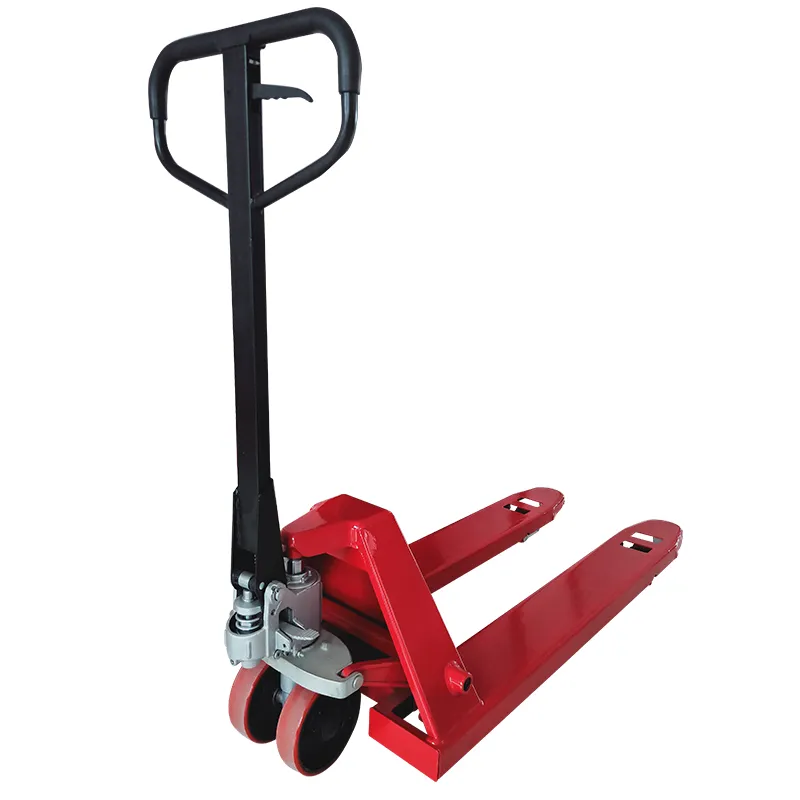


Understanding Low Profile Chain Hoists A Comprehensive Overview
Low profile chain hoists are invaluable tools in various industries, particularly in manufacturing, construction, and maintenance. With their unique design and functionality, these hoists offer several advantages that make them essential for efficient lifting and shifting operations. In this article, we will explore the characteristics, uses, advantages, and maintenance tips related to low profile chain hoists.
What is a Low Profile Chain Hoist?
A low profile chain hoist is a type of lifting device designed to raise and lower heavy loads with minimal height requirements. Unlike standard hoists, which may have taller structures due to larger drums and gears, low profile hoists are engineered to operate effectively in tight spaces. This capability is particularly useful in environments where headroom is limited, such as basements, warehouses, and indoor facilities.
Typically powered by manual or electric means, low profile chain hoists utilize a chain to lift objects vertically. The mechanism involves the winding of a load chain around a drum, facilitated by gear systems that allow for controlled and precise movement. The compact design does not compromise on load capacity, making these hoists robust and reliable.
Key Features of Low Profile Chain Hoists
1. Compact Design One of the most prominent features of low profile chain hoists is their slim profile, which allows them to fit into spaces where traditional hoists cannot. This design enables usage in crowded or low-ceiling areas.
2. High Load Capacity Despite their size, low profile chain hoists are capable of lifting substantial weights. Many models can handle loads ranging from a few hundred pounds to several tons, depending on the specifications.
3. Versatility These hoists can be used in a variety of applications, from construction sites to manufacturing plants, and even in theatrical productions for stage setup. Their adaptability makes them a favored option among professionals.
4. Ease of Operation Most low profile chain hoists come equipped with user-friendly controls, facilitating safe and efficient operation. Electric versions often feature limit switches and remote controls for enhanced convenience.
5. Safety Features Low profile chain hoists are designed with several safety mechanisms, such as overload protection, brake systems, and sturdy hooks to secure loads effectively.

Applications of Low Profile Chain Hoists
Low profile chain hoists are utilized in myriad settings. In industrial factories, they assist with the assembly and movement of heavy machinery or materials. Construction crews rely on these hoists to lift steel beams or heavy materials into place during building projects. Additionally, in theater and film production, they are used for rigging and adjusting lighting and sound equipment efficiently without obstructing the view.
In warehouses, these hoists facilitate the lifting of products or pallets in storage racks, significantly improving workflow and reducing the risk of workplace injuries associated with manual lifting. Their compact design makes them particularly beneficial for operations where space is at a premium.
Advantages of Using Low Profile Chain Hoists
The main advantages of low profile chain hoists include
- Space Efficiency Their low height allows for use in confined areas without sacrificing lifting capabilities. - Cost-Effectiveness With a robust design, these hoists require less maintenance and risk of wear and tear, translating into lower long-term costs. - Increased Productivity By enabling quicker and safer lifting operations, these hoists can enhance overall productivity in any work environment. - User Safety The integrated safety features reduce the risk of accidents and ensure a secure working environment.
Maintenance Tips
To ensure optimal performance and longevity of low profile chain hoists, proper maintenance is crucial. Here are some tips
1. Regular Inspections Frequently check for any signs of wear, damage, or misalignment in the chains and components. 2. Lubrication Keep the moving parts well lubricated to minimize friction and prevent wear. 3. Load Checking Always adhere to the specified weight capacity to avoid overloading the hoist. 4. Proper Storage When not in use, store the hoist in a dry and clean environment to prevent rust and corrosion.
In conclusion, low profile chain hoists are essential pieces of equipment that provide significant advantages in various lifting operations. Their compact design, high load capacity, and versatility make them ideal for numerous applications. With appropriate maintenance, these hoists can perform efficiently and safely for years, contributing to improved productivity and workplace safety. Whether in an industrial setting or a small workshop, investing in a low profile chain hoist is a smart choice for effective material handling.



